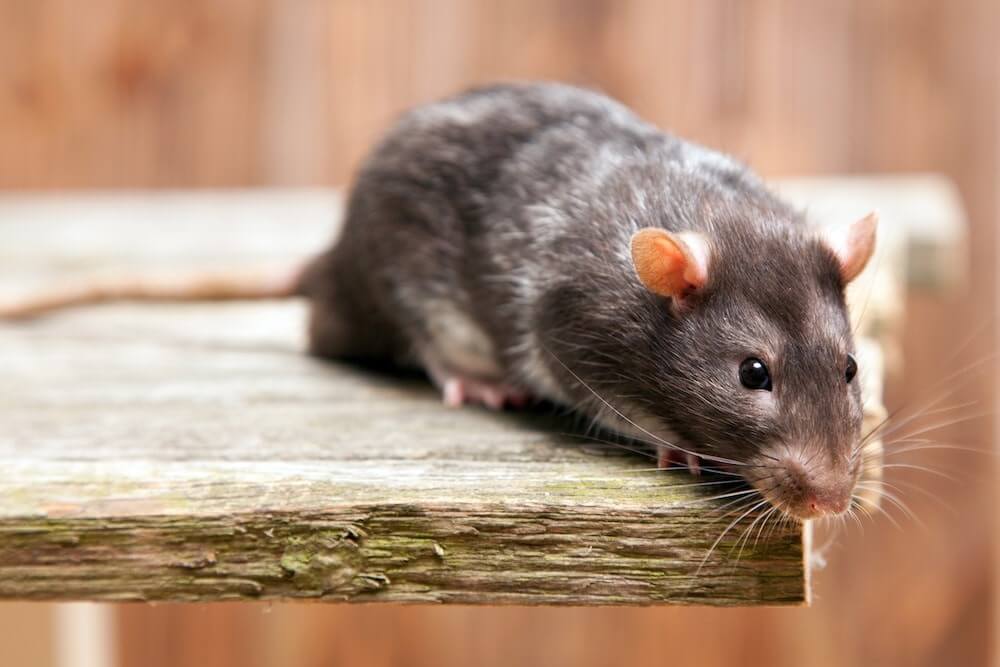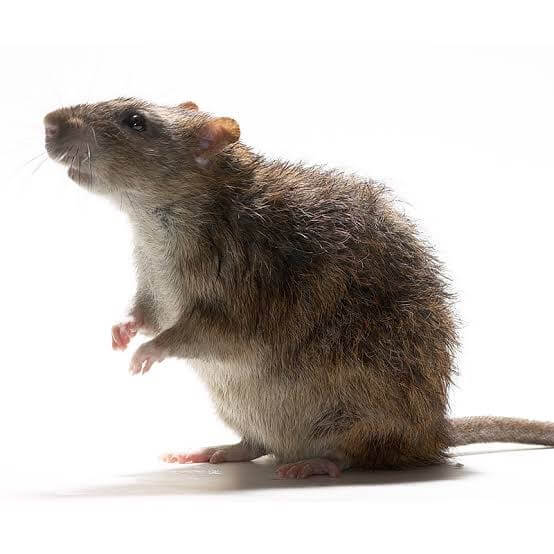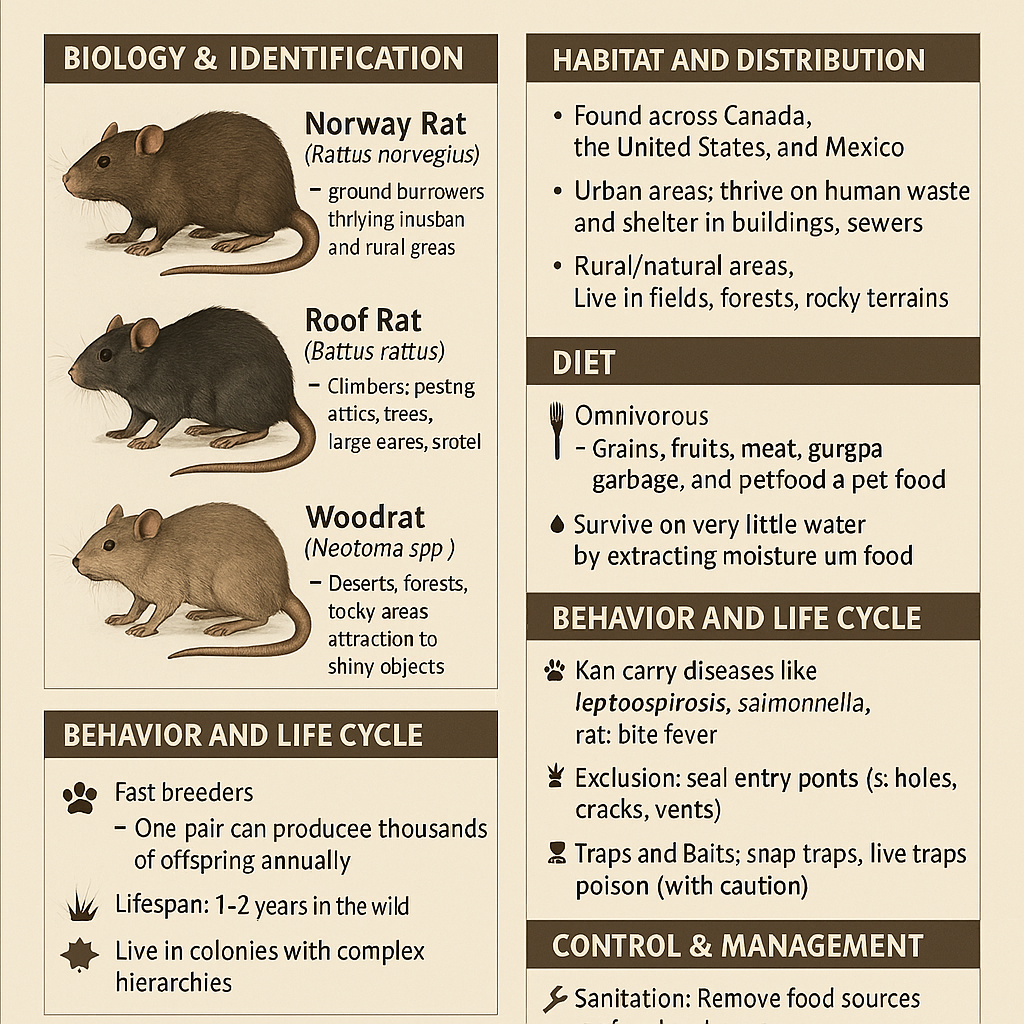RAT IN HOUSE - WHAT TO DO
RODENT CONTROL: PERMANENT MOUSE AND RAT REMOVAL
Looking for mouse and rat removal in Grand Rapids? We’ve got you covered. We handle cases like live rats or mice in your home or car, dead mouse and rat removal, and more. Worried about rat feces or diseases they carry? We’ve got the information you need. Call us anytime for a detailed resolution to your specific mouse and rat problem in your area. Call (517) 999-5008. Wolverine specializes in the permanent removal of mice, rats, and other rodents in Grand Rapids, Michigan.
Trust our expert Grand Rapids rat removal team to solve your rodent issues for good, with lasting permanent results in just one week. Our secret lies in thorough home inspections and precise repairs. We leave no inch uninspected, identifying all potential entry points for rodents. Choose us for effective removal of rats in the Grand Rapids area, and mice, solving your rodent problem permanently. No more wasted time or years of frustration.

COMMON PROBLEMS:
Infestations of rats and mice are common in urban areas, with these pests often taking up residence inside homes. They can be found in the attic, walls, and other areas, and are known to scavenge for food. Along with their ability to chew through electrical wires, these rodents reproduce rapidly and can create a significant problem. Attics can become filled with thousands of droppings, posing a health risk as they can spread diseases. The sounds of scurrying and scratching in the ceiling or walls are a telltale sign of their presence. Some of the problems caused by rats and mice include:
– Infesting and breeding in the attic
– Scampering along the walls inside the house
– Entering living spaces, such as the kitchen, and gnawing on food
– Damaging electrical wires (leading to fire hazards) or pipes (resulting in flooding)
– Leaving behind numerous droppings in the house or attic
– Carrying diseases, including Hantavirus Pulmonary Syndrome, Murine Typhus, Rat-bite fever, Salmonella, Leptospirosis, and more.
POISON-FREE RODENT CONTROL FOR MICE AND RATS:
Ditch the poison and opt for a more effective approach to getting rid of rodents. Poison may seem convenient, but it only perpetuates the problem and leaves a foul stench. Choose humane and thorough solutions that address the root cause of the issue. With our guaranteed Grand Rapids Rat Removal services, we can eliminate rodents from your home in just a week, giving you peace of mind. Say goodbye to pests and hello to a rodent-free household.
HOW TO PROFESSIONALLY SEAL ENTRY HOLES AND PREVENT RODENT INFESTATION
ATTIC CLEANING & RESTORATION SERVICES:
After eliminating rodents from your attic, it’s crucial to clean and sanitize the space effectively. Rodents can leave behind numerous contaminants like droppings, urine, debris, and nesting materials, which can attract pests and cause foul odors. These remnants can also lead to mold growth and damage to wood or sheetrock. Moreover, some of the mold and waste can pose health risks. It’s also important to address any damage to ductwork, insulation, electrical wires, or pipes.
Our services include thorough removal of droppings and soiled insulation, using advanced vacuuming techniques. Additionally, we fog the attic with a powerful enzyme-based cleaner to eliminate organic matter and freshen the air. Furthermore, our team provides expert repair services for ductwork, electrical wires, pipes, insulation, and more.
NEED MICE OR RATS SAFELY REMOVED

• We offer a variety of methods for removing and controlling mice and rats, including live trapping, dead rodent removal, and one-way exclusion funnels.
• We can also provide advice on how to keep rats out of your garden and garbage, and how to remove a rat stuck in a dumpster.
• We can also answer questions about whether or not rats dig holes, whether or not dogs keep rats and mice away, and whether or not rat feces is dangerous to touch or breathe.
• We can also offer advice on whether or not you should hire a professional to remove rats, and what property modifications will keep down rat populations.
• For more information, please read our articles on how to get rid of rats, rat prevention, how to trap a rat, rat in the attic, how to kill a rat, rat in your house, rat feces, rat repellent, what bait catches rat, rat on the roof, rat poison, dead rat, diseases from rat, rat urine, and rat in the walls.
Biology of the Norway rat and what attracts rats:
• Norway rats are the most common type of rat in the world. They are large, brown rats that can grow up to 18 inches long. Norway rats are attracted to food, water, and shelter.
Humane mouse traps and analysis of inhumane glue traps:
• Humane mouse traps are traps that capture mice without harming them. Glue traps are inhumane because they trap mice in a sticky substance that causes them to die a slow and painful death.
How to keep mice out of your garden and garbage:
• To keep mice out of your garden, remove any sources of food and water, such as bird feeders and pet food dishes. Keep your garbage can tightly sealed and place it in a location where mice cannot access it.
Damage that mice can cause in an attic and if mice chew on wires:
• Mice can cause significant damage to attics by chewing on insulation, wires, and other materials. Mice can also carry diseases, such as hantavirus, which can be transmitted to humans through their feces and urine.
How to get mice out of the attic and what to do if you find a house mouse inside your house:
• To get mice out of the attic, you can use humane traps or one-way exclusion funnels. If you find a house mouse inside your house, you can try to catch it with a trap or release it outside.
One-way exclusion funnels to remove mice:
• One-way exclusion funnels are a humane way to remove mice from your home. They allow the mice to leave your home, but they cannot return.
Diseases that mice can carry:
• Mice can carry a variety of diseases, including hantavirus, salmonellosis, and leptospirosis.
Natural diet of mice:
• Mice are omnivores, meaning they eat both plants and animals. Their natural diet consists of seeds, fruits, insects, and other small animals.
What mice can chew through and what they can climb:
• Mice can chew through a variety of materials, including plastic, wood, and cloth. They can also climb very well.
Cage traps for mice:
• Cage traps are a humane way to catch mice. They are easy to use and can be placed in areas where mice are active.
What might be attracting mice to your property:
• Mice are attracted to food, water, and shelter. If you have any sources of food or water on your property, you are more likely to have a mouse problem.
Mothballs or ammonia to repel mice:
• Mothballs and ammonia are not effective at repelling mice. In fact, they can be harmful to both humans and pets.
Natural diet of rats:
• Rats are omnivores, meaning they eat both plants and animals. Their natural diet consists of seeds, fruits, insects, and other small animals.
Whether rats will destroy insulation in an attic:
• Yes, rats can destroy insulation in an attic. They often chew on insulation to build nests or to line their burrows.
How to find and remove a dead rat:
• To find a dead rat, follow your nose. Dead rats often have a strong odor. Once you have found the dead rat, wear gloves and a mask to remove it. Place the rat in a sealed plastic bag and dispose of it in the trash.
Damage that rats can cause in the attic:
• Rats can cause significant damage to attics by chewing on insulation, wires, and other materials. Rats can also carry diseases, such as hantavirus and leptospirosis, which can be transmitted to humans through their feces and urine.
What rats can climb on:
• Rats can climb on a variety of surfaces, including wood, metal, and plastic.
How to clean rat feces out of your attic:
• To clean rat feces out of your attic, wear gloves, a mask, and goggles. Scoop up the feces with a shovel and place it in a sealed plastic bag. Dispose of the bag in the trash.
What rats chew:
• Rats can chew through a variety of materials, including wood, plastic, and cloth.
Whether rats really eat cheese:
• Rats will eat cheese, but it is not their preferred food. Rats are more attracted to meat, seeds, and fruits.
What to do with a rat after you catch it:
• If you catch a rat, you can either release it outside or kill it. If you release the rat outside, make sure to release it at least a mile away from your home.
Whether cats really help to keep rats away:
• Yes, cats can help to keep rats away. Rats are prey animals and they are afraid of cats.
North American Rats: Biology and Information
Rats are omnivorous rodents that are found all over the world. There are many different species of rats, but the two most common in North America are the Norway rat and the black rat.
Biology
Rats are highly adaptable creatures and can live in a variety of habitats, including urban and rural areas. They are known for their ability to climb and swim, and they can reach speeds of up to 25 miles per hour.
Rats are also social animals and live in groups called colonies. Colonies can range in size from a few dozen rats to several hundred.
Life Cycle and Reproduction
Rats have a short life span, with most individuals living for about one year in the wild. However, they can live for up to two or three years in captivity.
Rats reproduce very quickly, and a female rat can produce up to six litters per year. Each litter can contain up to 12 pups.

Habitat
Rats typically live in burrows, which they dig in the ground or under buildings. Burrows can be up to four feet deep and several yards long.
Rats also nest in buildings, such as in attics, walls, and basements. Nests are typically made of materials such as shredded paper, insulation, and cloth.
Common Diseases
Rats can carry a variety of diseases, including:
• Bubonic plague
• Leptospirosis
• Hantavirus
• Salmonella
• Rat-bite fever
These diseases can be transmitted to humans through contact with rat feces, urine, or saliva.
Common Nuisance Complaints
Rats are often considered to be pests because they can damage property, contaminate food, and spread disease.
Common nuisance complaints about rats include:
• Gnawing on wires and electrical appliances, which can cause fires
• Contaminating food with feces and urine
• Spreading diseases to humans and pets
• Damaging property, such as furniture and insulation
Conclusion
Rats are intelligent and adaptable creatures that can be difficult to control. If you have a rat problem, it is important to contact our professional pest control company. Call (517) 999-5008. Wolverine specializes in the permanent removal of mice, rats, and other rodents in Grand Rapids, Michigan.
